How Can I Print a Book I Wrote?
 Aug 18,2025
Aug 18,2025

 SESE
SESE
How Can I Print a Book I Wrote?
Congratulations! You've poured your heart and soul into writing a book. Now comes the exciting step of transforming your digital manuscript into a tangible, hold-in-your-hands physical book. Printing your own book might seem daunting, but by breaking it down into manageable steps, it becomes an achievable and rewarding process. Here’s how to navigate it:
1. Introduction
The journey from "The End" to holding your printed book is a significant milestone. Self-publishing empowers authors, but the printing stage requires careful planning and execution. This guide walks you through the essential steps, from defining your book's physical form to choosing a printer and understanding the production process. Whether you dream of a hardcover masterpiece or a budget-friendly paperback, the path starts here.
2. Decide on Your Book Format
Before anything else, define the physical characteristics of your book. Key decisions include:
Trim Size:
The physical dimensions (e.g., 5" x 8", 6" x 9", 8.5" x 11").
Consider genre standards (novels often use 5.5" x 8.5" or 6" x 9"), readability, and cost (larger books cost more to print and ship).
Binding:
|
|
|
|
|
Paperback |
Hardcover(Paper) |
Hardcover(Cloth) |
Hardcover(Leather) |
-
Paperback (Softcover): Most common and economical. Options include Perfect Binding (standard glued spine) or Saddle-Stitch (stapled, for very short booklets).
-
Hardcover: More durable and premium. Case binding involves a rigid board cover wrapped in material (paper, cloth, leather) and glued to a spine. Dust jackets are common.
Paper Type: Choose weight (thickness, e.g., 50lb, 60lb, 70lb) and finish:
-
Cream/White: Standard for novels.
-
Bright White: Crisper look, often used for art books or books with many images.
-
Coated/Uncoated: Coated paper has a smoother finish, better for sharp images and color; uncoated is more tactile and better for pure text.
|
|
|
|
Full Color |
Black and White |
Color Illustrations |
Color: Full Color (essential for photos, illustrations, children's books), Black & White (standard for novels/text-heavy books), or Mixed (e.g., color inserts).
|
|
|
|
|
|
Children's Board Books |
Coffee Table Books |
Cookbooks |
Novels |
Special Editions |
Book Type: Children’s board books, art books, coffee table books, cookbooks, or novels each have different printing requirements.
Special Editions: Limited editions, signed copies, or collector’s editions can feature unique design elements.
3. Choose Custom Printing Features
|
|
|
|
|
Glossy Lamination |
Matte Lamination |
Spot UV |
Foil Stamping |
|
|
|
|
|
Embossing |
Debossing |
Stenciled/Sprayed Edges |
Dust Jackets |
Cover Finishes:
-
Gloss Laminate: Shiny, vibrant colors, protects against fingerprints/scratches.
-
Matte Laminate: Sophisticated, non-reflective, resists fingerprints.
-
Spot UV: Adds raised, glossy highlights to specific areas of a matte cover.
-
Embossing/Debossing: Creates raised or recessed areas on the cover for texture.
-
Foil Stamping: Metallic (gold, silver, etc.) accents for titles or logos.
Interior Elements: Color endpapers (hardcovers), high-resolution image printing requirements, special paper for sections.
Sprayed or Stenciled Edges: Solid colors or patterned designs on the book’s edges.
Dust Jackets: Double-sided printing, spot UV highlights, metallic finishes, or foil details.
Budget: Be realistic. Premium features significantly increase per-unit cost. Balance your vision with affordability, especially for your first print run.
4. Prepare Your Manuscript for Printing
Final Proofread & Edit: Meticulously proofread the final version. Print a copy – errors are often easier to spot on paper. Consider hiring a professional proofreader.
Formatting: Use professional layout software (Adobe InDesign is industry standard; Affinity Publisher or Vellum are good alternatives). Ensure consistent fonts, spacing, margins, headers, footers, and chapter starts.
Bleed & Trim: If images or backgrounds go to the edge of the page, you MUST include "bleed" (typically 0.125 inches / 3mm extra beyond the trim size). Ensure critical text/elements are within the "safe zone" (well inside the trim lines).
Resolution: All images must be high-resolution (typically 300 DPI at the final print size).
Color Mode: Convert all images to CMYK color mode (for printing), not RGB (for screens).
File Export: Export print-ready PDFs according to your printer's exact specifications. This includes:
-
PDF/X standards (usually PDF/X-1a or PDF/X-4).
-
Correct trim size, bleed, and margins.
-
Embedded fonts.
-
High-resolution images.
-
Properly marked crop marks and bleed.
Cover File: Create a separate, print-ready PDF for the cover, sized correctly for your chosen binding and including spine width (calculated based on page count and paper type). Include bleed on all outer edges.
5. Find the Right Printing Partner
Choosing your printing partner is one of the most critical decisions in your self-publishing journey. You need a company that understands books, delivers quality, offers flexibility, and provides exceptional support – especially for independent authors. For many successful self-publishers, Sese Printing Company has become the partner of choice. Here’s why Sese Printing should be at the top of your list:
Dedicated Book Printing Expertise: Unlike general print shops, Sese Printing specializes exclusively in book manufacturing. We deep understanding of bindings (perfect-bound paperback, case-bound hardcover, saddle stitch), paper stocks, grain direction, and spine calculations ensures your book is produced correctly and professionally from the start. We know what makes a book feel right in a reader's hands.
Solutions for Every Author & Run Size: Whether you're testing the waters with a short run of 25-50 copies, need a mid-sized batch for events and direct sales (100-500 copies), or are ready for a large offset run (1000+), Sese offers tailored solutions:
-
High-Quality Digital Printing: Ideal for cost-effective short runs, with rapid turnaround times. Perfect for proofs, pre-orders, and minimizing upfront inventory risk.
-
Premium Offset Printing: Delivers the absolute highest quality and lowest per-unit cost for larger quantities. Sese manages the entire offset process expertly.
Author-Centric Service & Support: Sese Printing understands the unique challenges faced by self-publishers. Our distinguish themselves with:
-
Free File Pre-Flight Checks: Before you commit, our technical team will often review your manuscript and cover files for free, identifying potential formatting, bleed, or resolution issues that could cause delays or extra costs. This proactive step saves authors immense frustration.
-
Dedicated Account Support: You're assigned a knowledgeable point of contact who guides you through options, answers questions, and manages your project personally.
-
Clear Communication & Transparency: Expect responsive communication via phone and email, detailed quotes with no hidden fees, and regular updates on your order status.
Commitment to Quality & Value: Sese doesn't compromise:
-
Physical Proofs Available: For critical projects, you can order a physical, printed proof (often called a "hard proof" or "press proof") to see exactly how your book will look and feel before the full run is produced. (Note: This may incur an extra charge but is invaluable for peace of mind).
-
Rigorous Quality Control: Every batch undergoes inspection to ensure binding integrity, print clarity, color accuracy, and overall finish meet high standards.
-
Competitive Pricing: Sese leverages their expertise and scale to offer authors excellent value across all run sizes and binding types, balancing quality with affordability.
Streamlined Process & Added Value:
-
Comprehensive Online Resources: Their website often features detailed guides, templates, and specifications specifically for self-publishers preparing files.
-
Efficient Quoting & Ordering: Get a fast, detailed quote online or via your account manager. Ordering is straightforward.
-
Warehousing & Fulfillment Options: Many authors utilize Sese's warehousing and direct-to-customer order fulfillment services, simplifying inventory management and shipping logistics.
Partnering with Sese Printing means more than just printing a book; it means gaining a knowledgeable, reliable ally dedicated to making your vision a beautiful reality. Request a quote and physical samples today to experience the Sese difference for yourself. Visit our website or contact our author services team to discuss your project specifics.
6. Printing Process Overview
Once you approve the proof and send payment:
-
Prepress: The printer checks your files thoroughly for any technical issues (bleed, resolution, fonts, color space).
-
Proofing: You will typically receive a digital proof (PDF) to approve. For critical jobs, a physical "hard proof" might be available (often for an extra fee). APPROVE CAREFULLY – this is your last chance to catch errors.
-
Platemaking (Offset): If using offset, printing plates are created.
-
Printing: The interior pages and cover are printed on large sheets.
-
Binding: Printed sheets are folded into signatures (groups of pages), trimmed, and bound (glued for paperback, sewn/glued and cased for hardcover).
-
Finishing: Final trim, application of any special cover finishes (lamination, foil, UV).
-
Quality Control: The printer inspects samples for defects.
-
Packaging & Shipping: Books are packed securely and shipped to your specified address.
7. Marketing Your Custom-Printed Book
Printing is just the beginning. Now you need readers:
-
Leverage Your Books: Use author copies for reviews, local bookstore consignment, book signings, events, contests, and direct sales.
-
Online Presence: Update your website/social media with the physical book's availability. Showcase high-quality photos.
-
Distribution: Consider listing your book with distributors like Ingram (even if using POD elsewhere) to make it available to bookstores and libraries. Use platforms like Amazon (via FBA or Seller Central).
-
Reviews: Actively seek reviews from readers, bloggers, and publications relevant to your genre.
-
Events: Plan book launch parties, signings at local bookstores or libraries, and attend relevant fairs/festivals.
-
Networking: Connect with other authors and book communities online and offline.
-
Pricing Strategy: Set a competitive retail price that covers your costs and allows for retailer discounts/distributor margins if applicable.





 Home
Home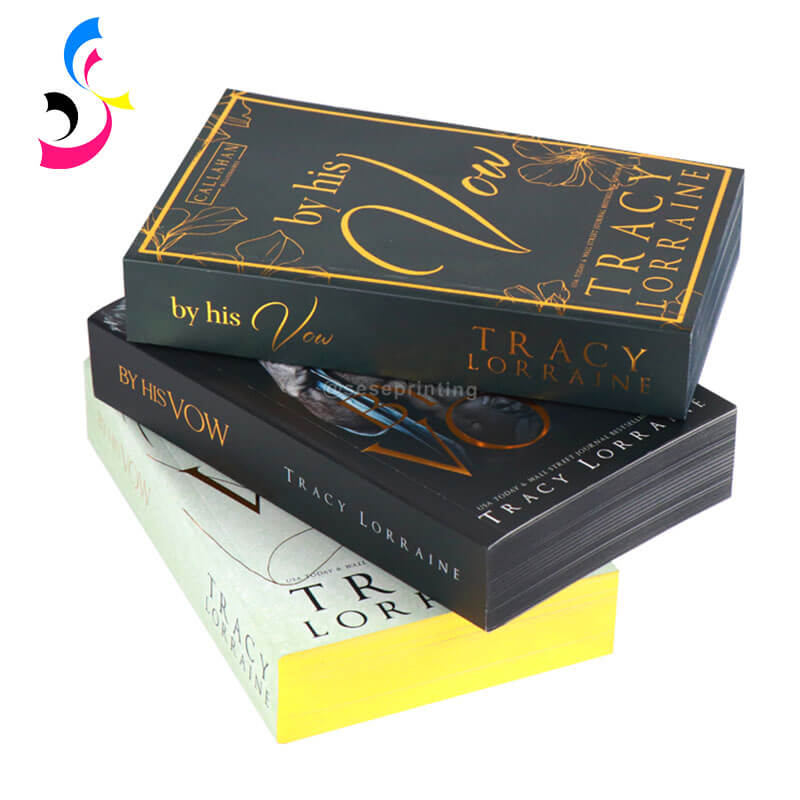
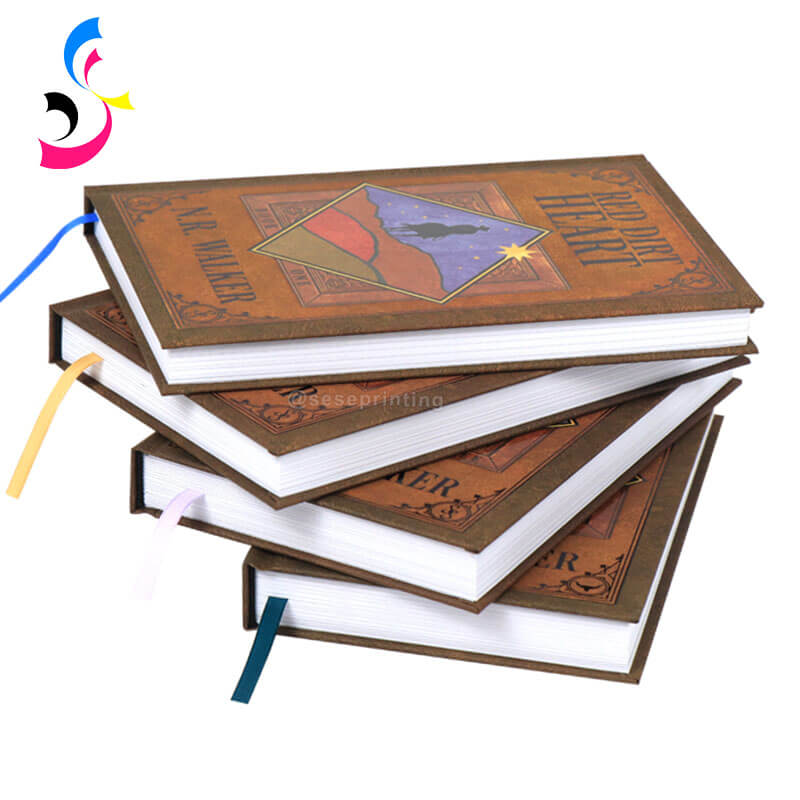
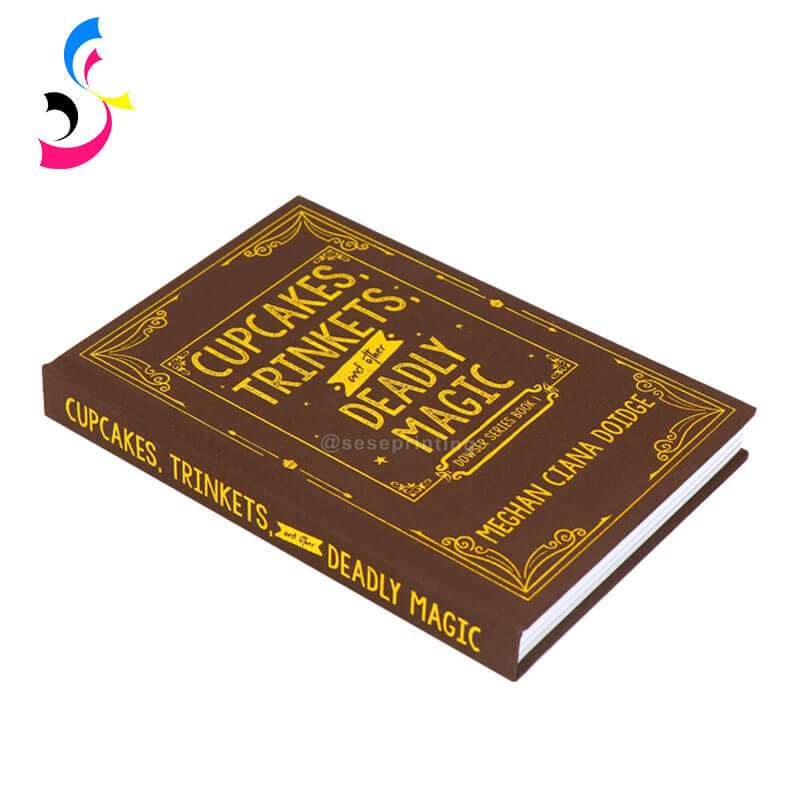
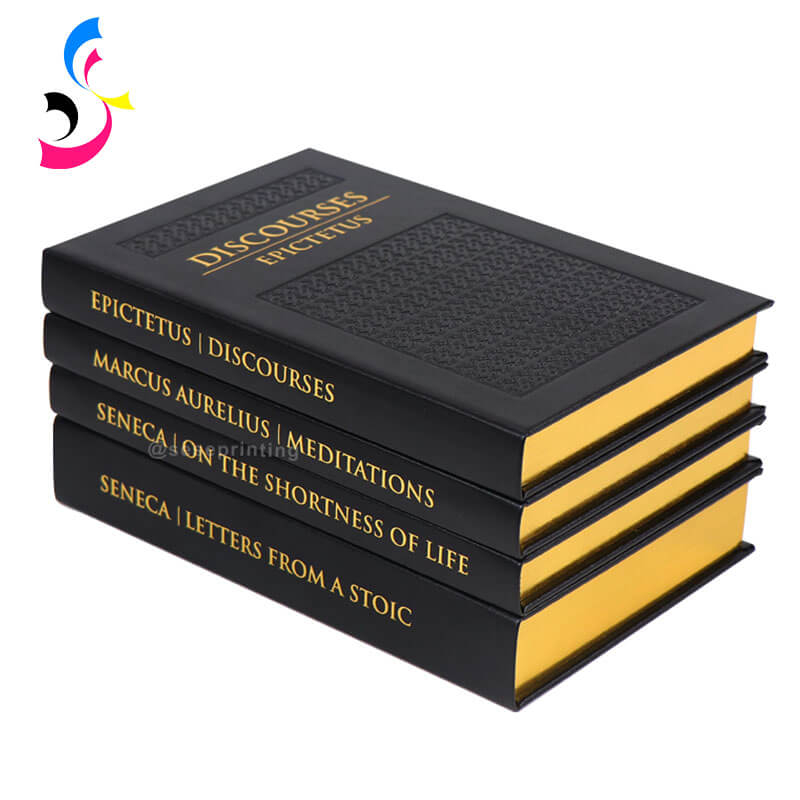
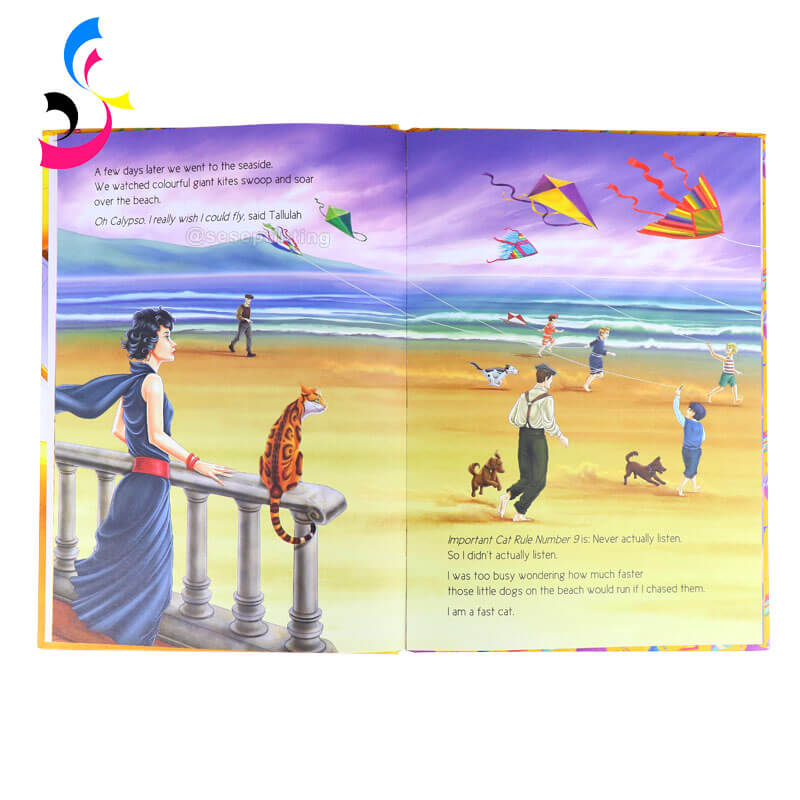
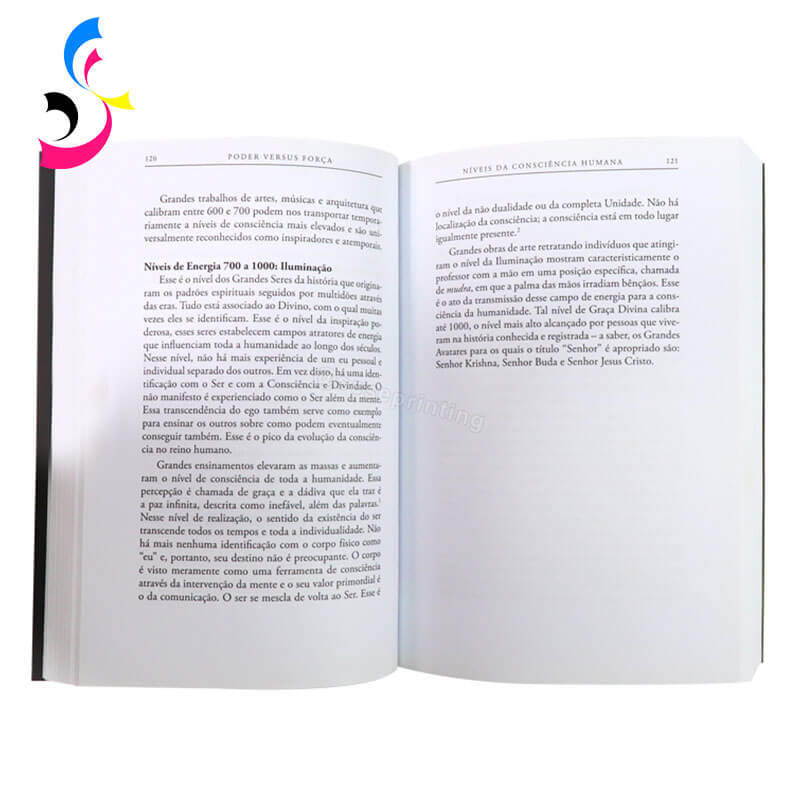
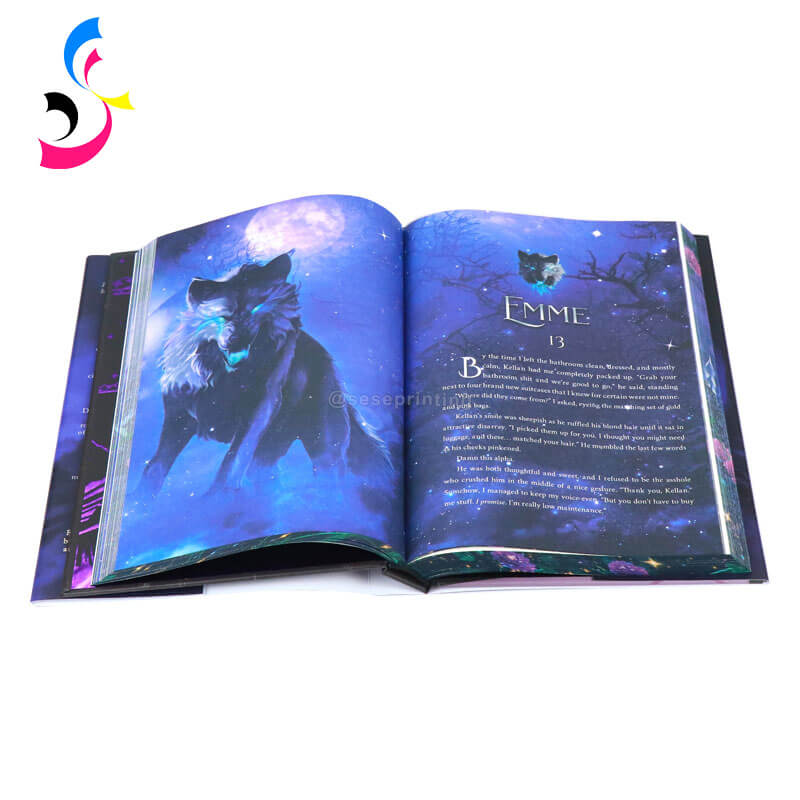
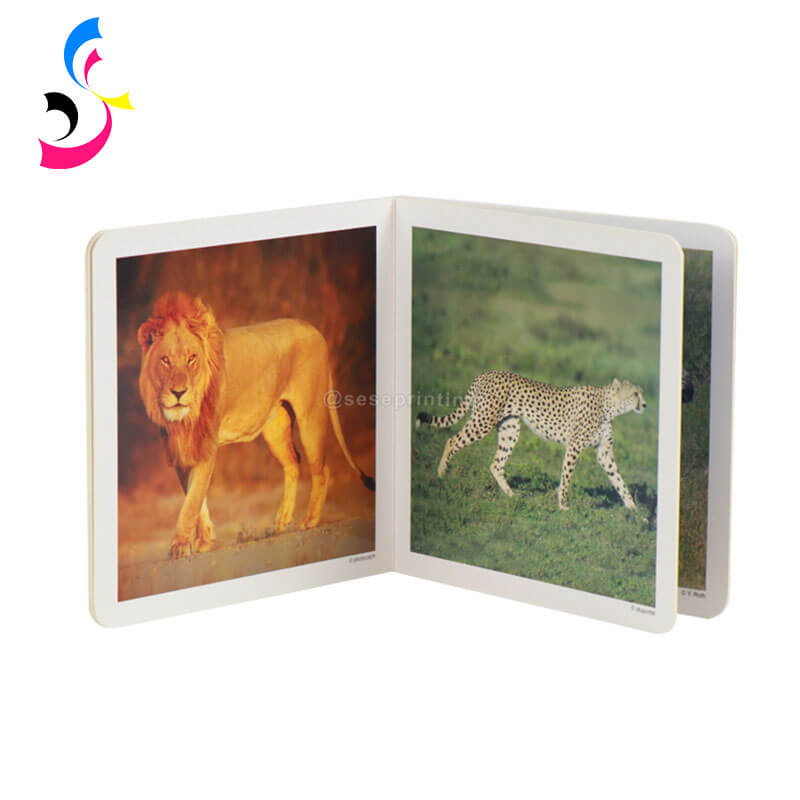
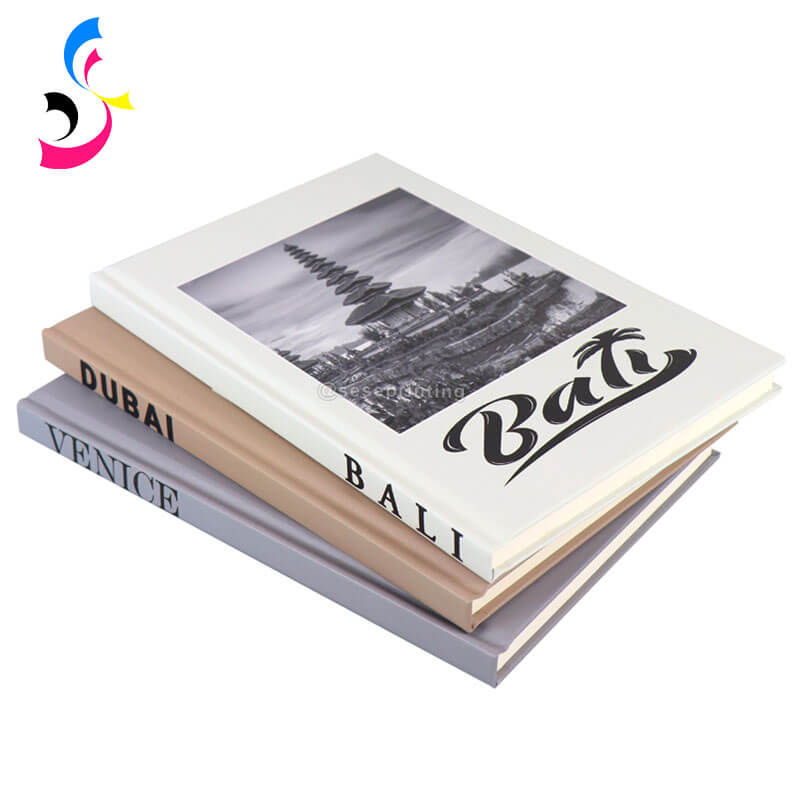
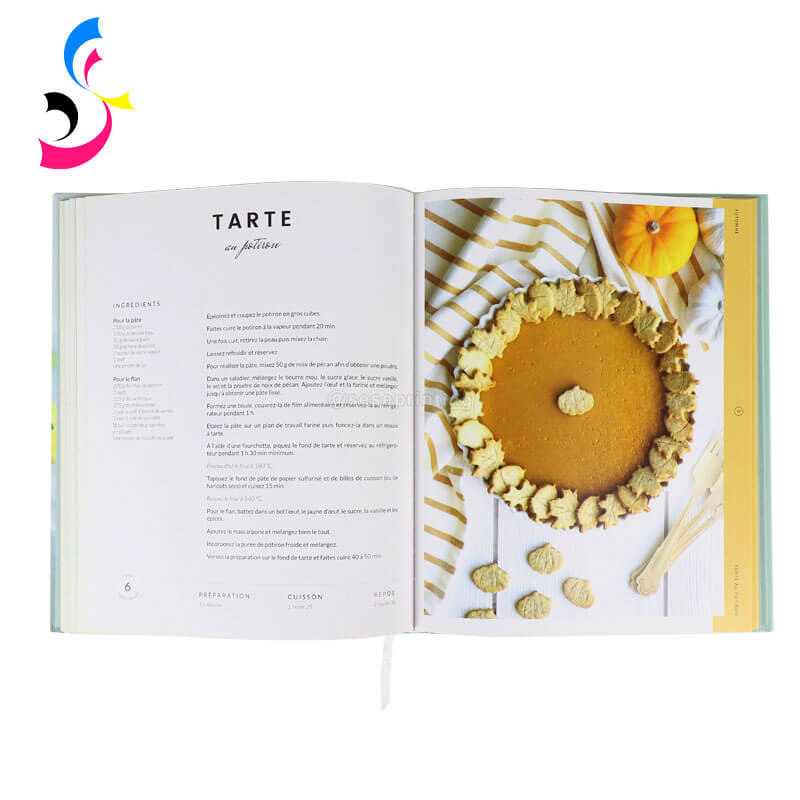

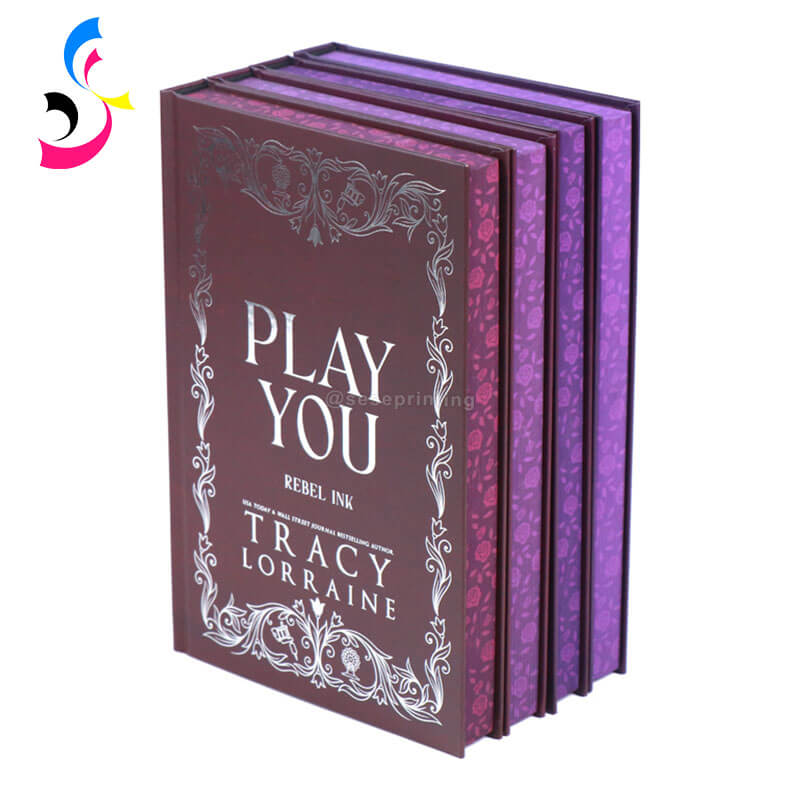
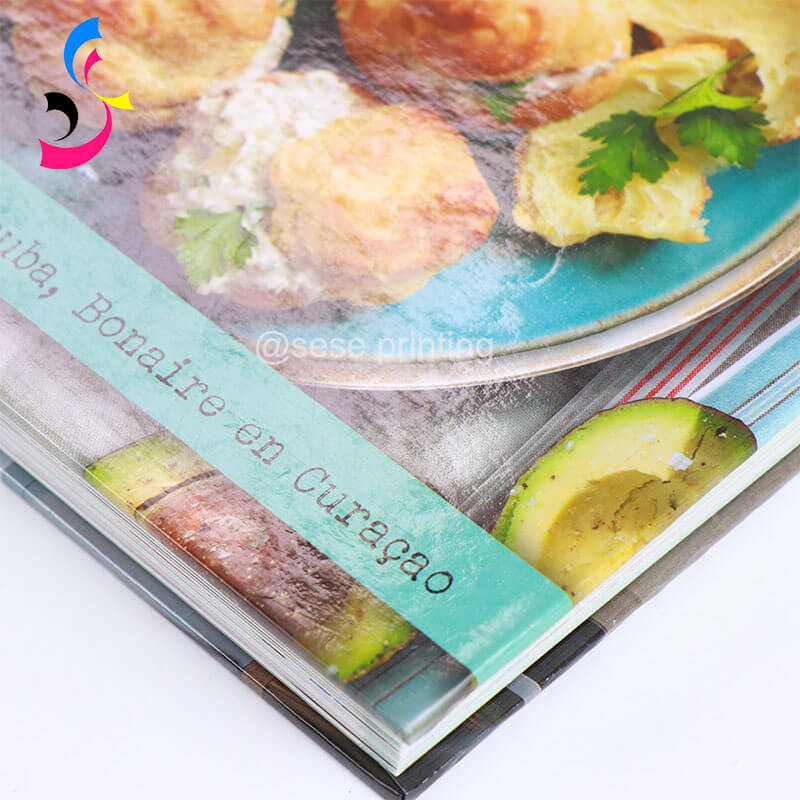
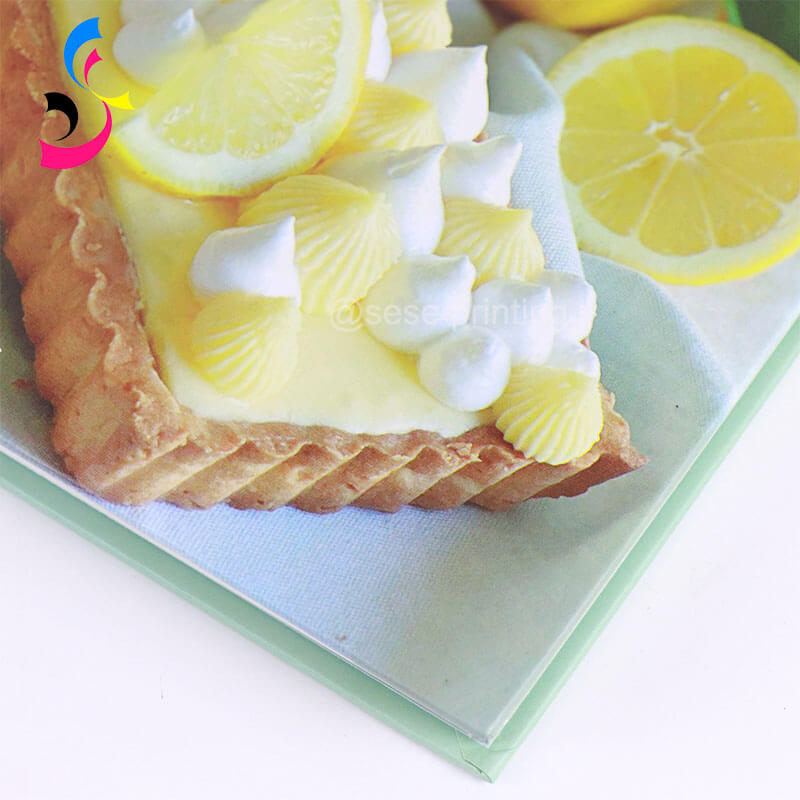
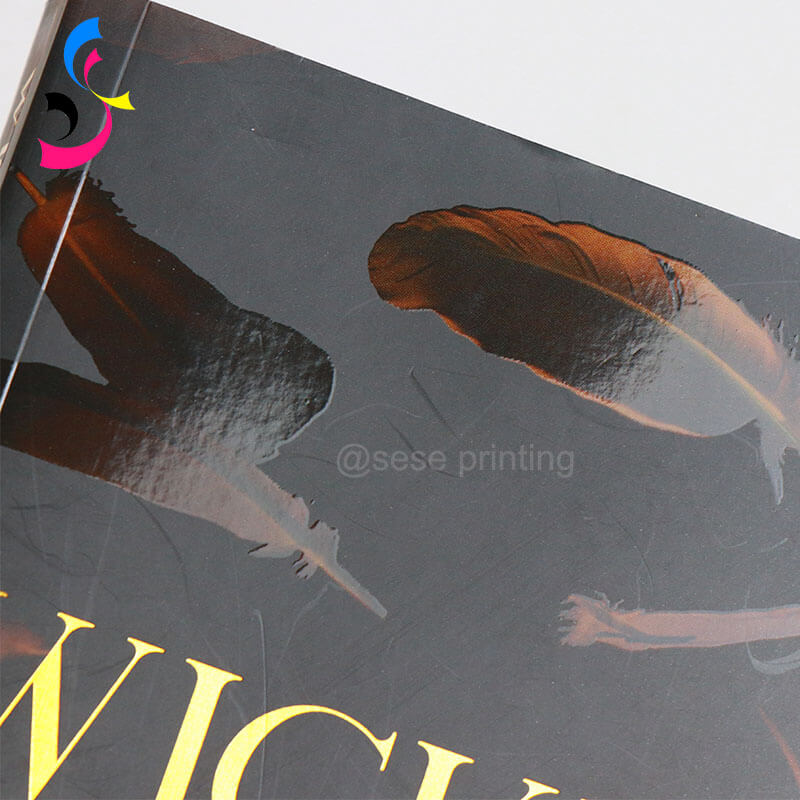
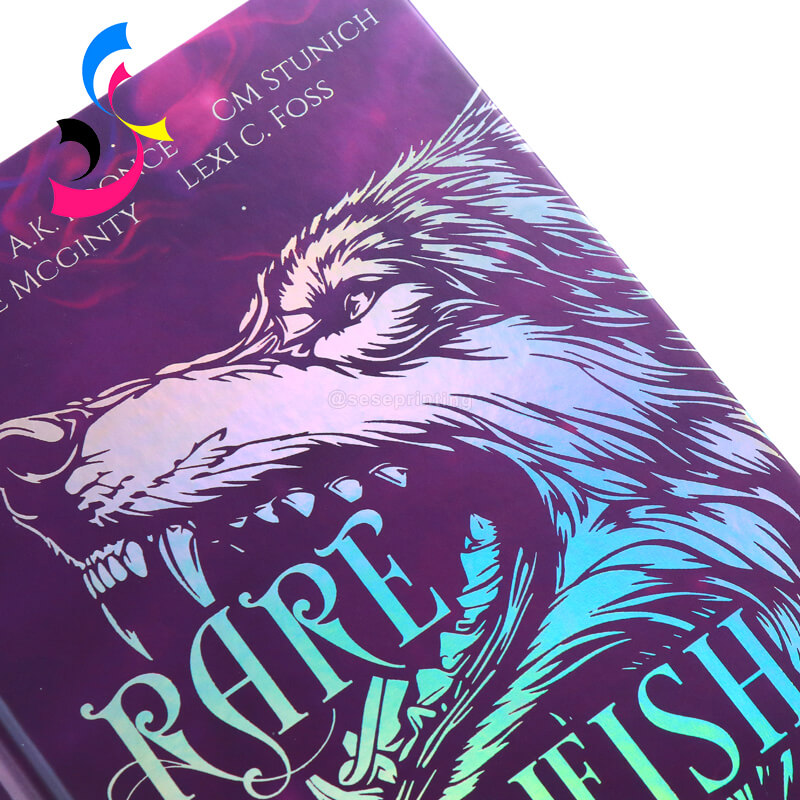
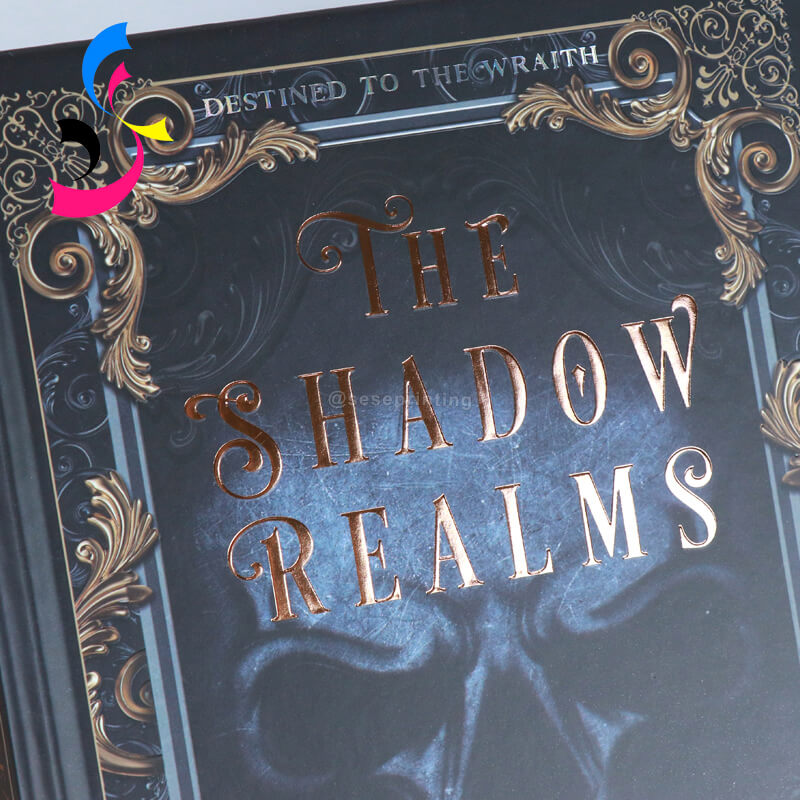
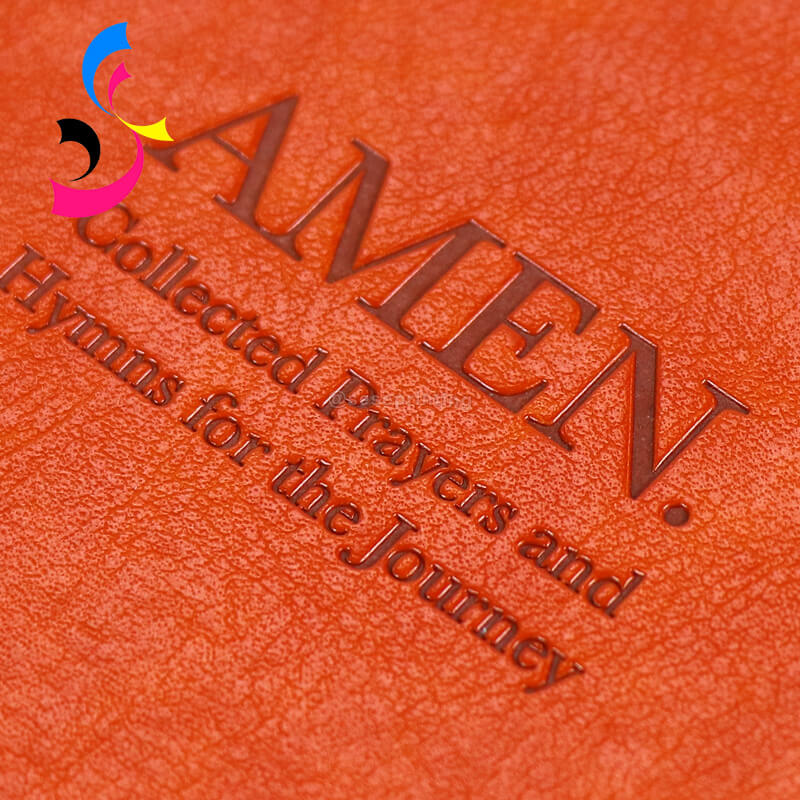
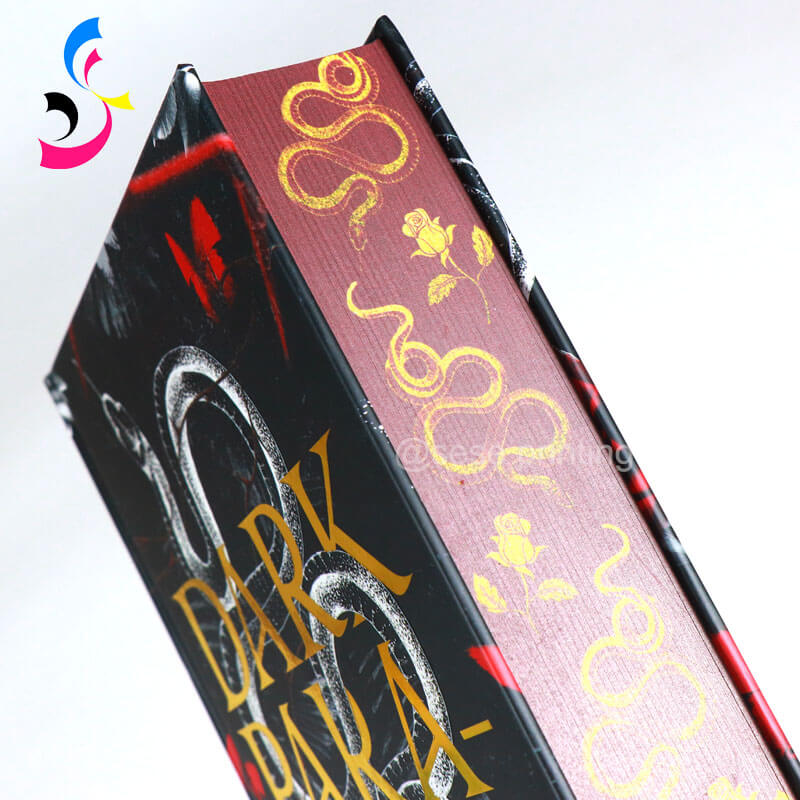
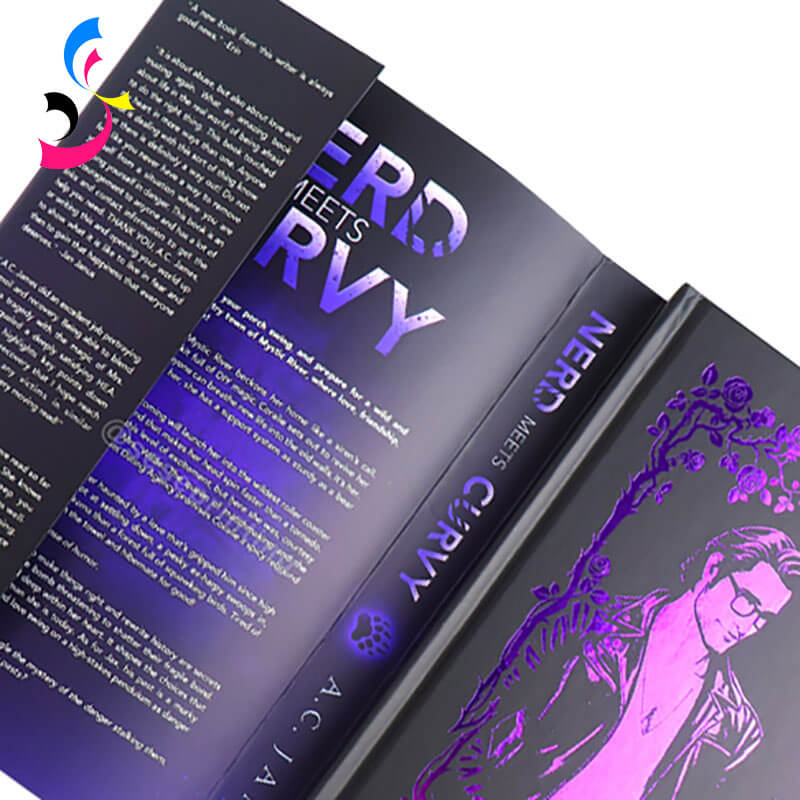
 How to Create a Coloring Book from Your Own Photos
How to Create a Coloring Book from Your Own Photos  You May Also Like
You May Also Like
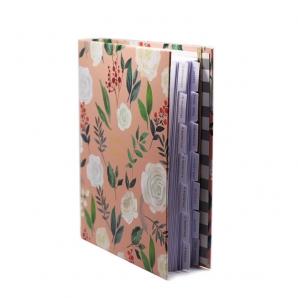

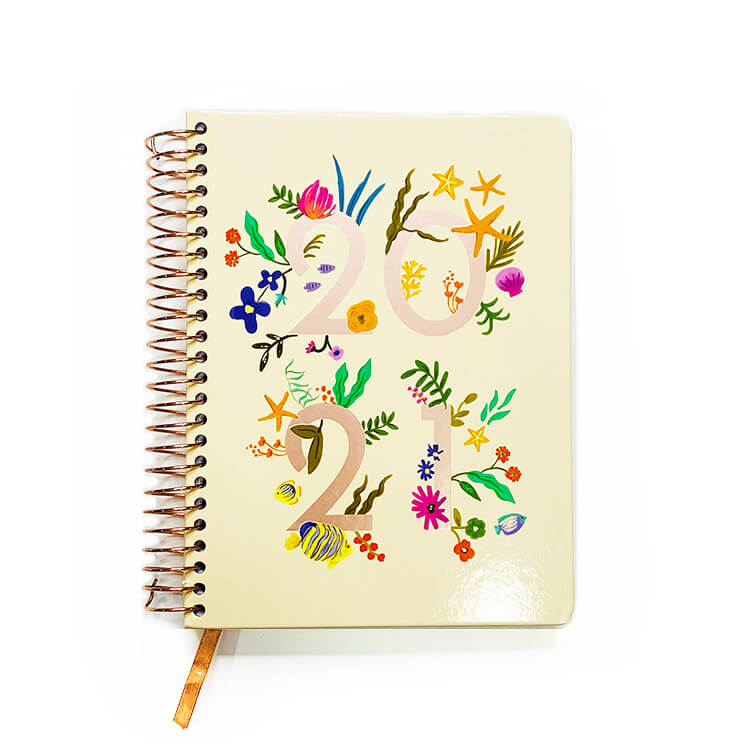

 Tel
Tel
 Email
Email
 Address
Address







